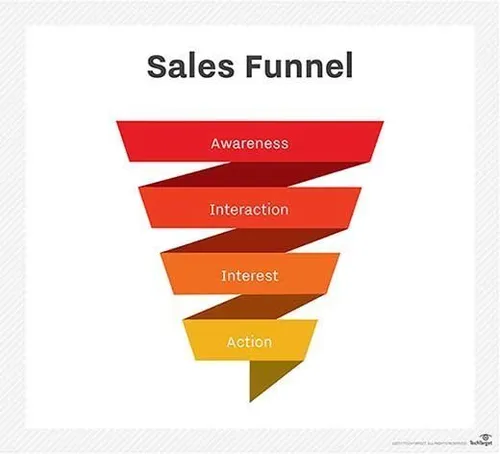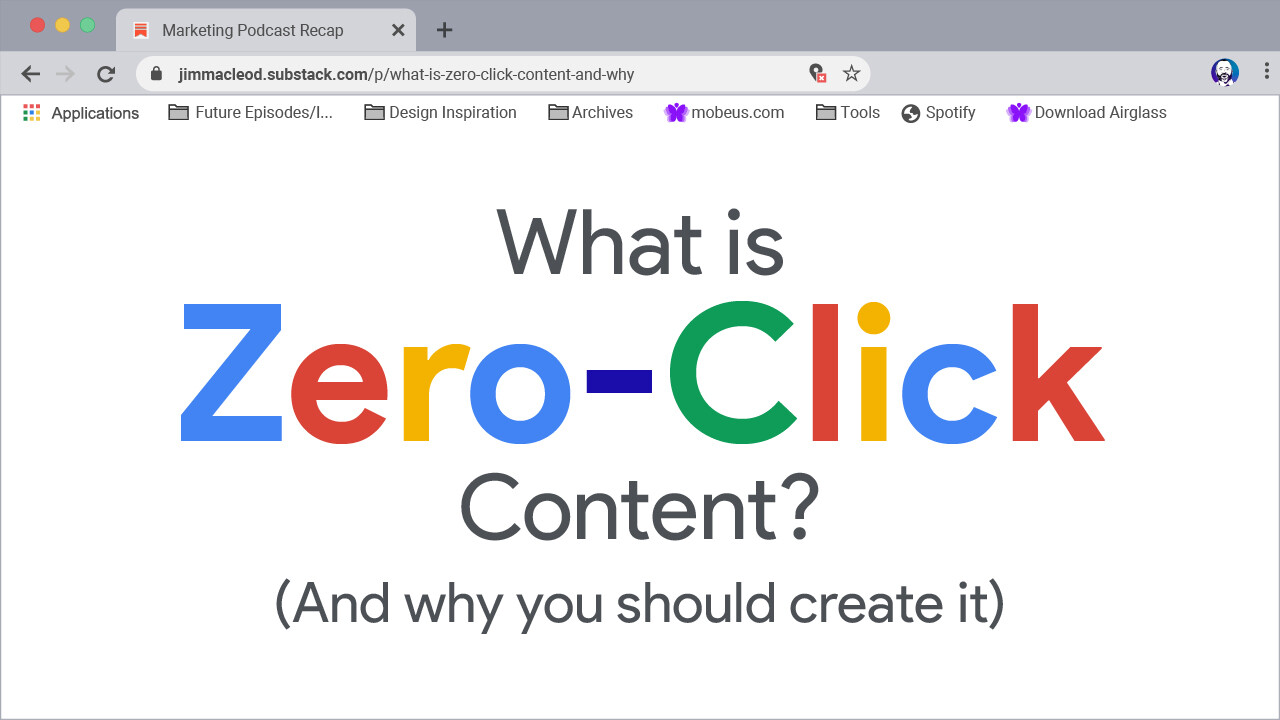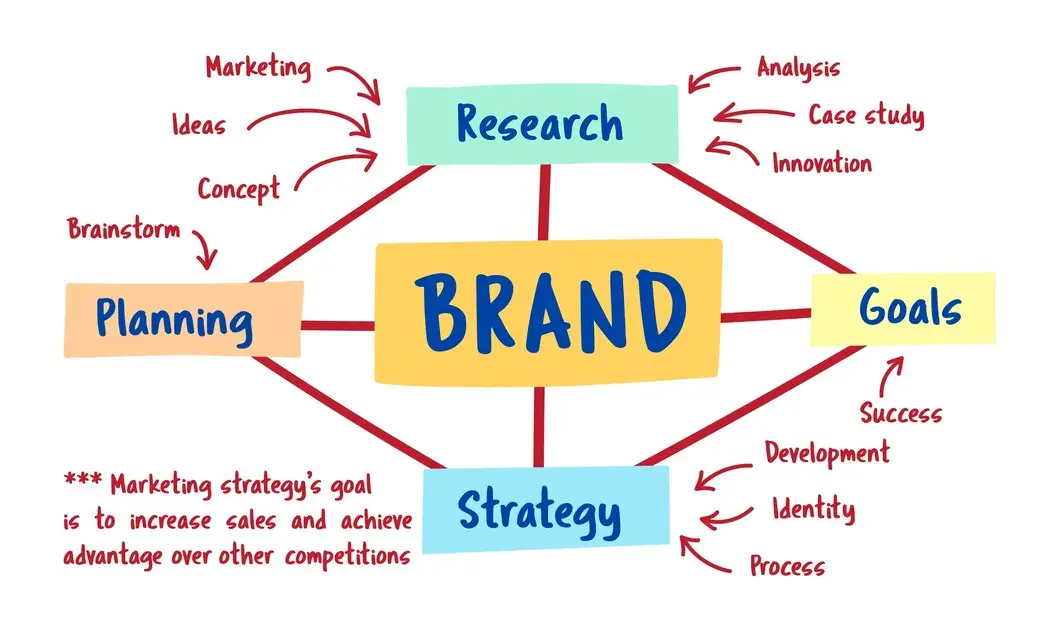
How to Successfully Introduce a New Product in the Market
Introduction
► How to introduce a product in the market?
► What your company or product should be known for?
Everyday there are plenty of product ideas that cross the minds of company owners and their team. But does this happen that each idea is executed and launched as a product?
No, Right?
Only the idea that meets the current demand of the market and could be beneficial for the company is worked on and converted into a product that can enter into the market world. Because introducing a new product in the world is a game of risk which could or could not work in your favour.
So before the product actually enters into the real market, it undergoes a lot of thinking process to save it from tasting the spice of failure.
Which audience to target? What should be the price? How to reach the audience? How to position their product? And the list goes on…
Whether you are an Entrepreneur, a Businessman, a Start-up or a Sales-executive, you must be concerned about correctly positioning your product or brand in the market such that it works in the favour of your company.
As a puzzle is made only when the correct pieces fit together. In the similar way,knowing which market type your products fit the best and what strategies you need to adopt during launching the product can increase the chances of your product being successful. Because ultimately the goal of launching a new product in the market is to increase sales and revenue.
This article will through light on two major concerns while launching a product, i.e.,
What are the market types?
This will give you an idea to place your product in the correct market.
And secondly, you’ll get to know the stages involved in launching a product.
Let’s first talk about the market types.
Four Quadrants of Market –
To position your products effectively, you should use the product-quality matrix. In the product quality matrix, four types of markets are defined in four quadrants. Depending upon the type of your product, you can position it in the suitable quadrant.
Selecting a correct Quadrant for your product is essential as it governs the success or failure of your product. Each quadrant has its own type of audience so it helps you reach your target audience.
In simple terms, if you position a product in a quadrant that is lacking the type audience you product demands for then it could result in less sales and ultimately that could lead to a huge failure.
So, keeping in mind the product-quality matrix is an important factor while positioning your product. It guides you to place your product in the market that it demands.
Let’s understand the four quadrants in detail.
Quadrant #1: Value for Money Market
This quadrant covers the market where companies sell good quality products at a low price.
Selling at a low price doesn’t mean that the company compromises with their profit margins.
The products placed in this type of market are value for money for the customers. The goal of placing a product in such a market is to build a trust relationship with the customers in order to retain them for a longer duration.
For Example:
Suzuki’s car is considered as value for money because not only it is quite easily affordable and provides amazing features at relaxing prices but its resale value is also very good.
Another example of a brand that has placed its product in this quadrant is Relaxo; their slippers are long lasting as well as pocket-friendly.
Quadrant #2: Opportunistic Market
In this quadrant, prices of the products are high but their quality is low. As its name suggests, this market takes the opportunity as served by compromising with the quality of the product. This happens because the product is placed in such a market which has a changing audience.
The chances of regular or repeat customers in such a quadrant are very low, so the prime motive of the vendor is to take the best advantage of the opportunity in order to get increased sales.
For Example:
Every day new tourists visit the Taj Mahal in Agra. So, shopkeeper’s or vendor’s priority is to make maximum profit, not to provide high-quality products or services.
One thing to keep in mind is that if you in a defined category, you are offering products at a high price with low quality, then your business will not survive.
An opportunistic market can only survive in limited space; hence you should carefully position your product in such a quadrant.
Quadrant #3: Chinese Goods Market
In this quadrant, both price and quality of products are low.
This market type focuses on the buyers that are usually price sensitive; therefore, sellers dump their cheap products in such a market for a better return. The motive of placing any product in this market type is to make them available for all.
Customers are very well aware of the fact that the product they are purchasing has no guarantee of quality. The only thing that attracts to them is the affordability of the product
You must have seen Chinese toys; their shelf-life is very short as the product is of low quality but the price is very competitive. It is in reach of many.
Here, the financial value becomes your proposition, for instance, Chinese lights on Diwali, Road-side toy seller, etc.
Quadrant #4: Premium Market
In this quadrant, both price and quality of the product are high.
Branding and positioning of the product are done in such a manner that the prospects readily buy the product at high prices because they are assured of the high end quality of the product.
In such a type of market the brand speaks for the product.
The target audience for this type of market are the ones who are ready to spend money but are not willing to compromise on the quality of the product.
For Example:
Brands like Versace, Louis Vuitton, Gucci, etc. are selling hand bags, clothing line, and accessories at a premium price.
A good quality bag which can be bought at ₹ 7000, they are selling similar products at over ₹ 70,000 – 80,000.
How are they able to do it?
They have positioned their product in a way that has created a high end brand image. They have a limited market but huge margins.
Similarly, the actual price of Apple’s phone may be ₹ 30,000 but they sell it for over ₹ 70,000 and get huge margins.
Here again , the quality and brand speaks for the product
Apple has created a high aspirational value for their product in a way that even a common man is willing to buy it on loan.
Generally, brands stick to one of the four quadrants but there are some organizations who position their different products in different quadrants at the same time.
For Example-
Relaxo’s brand, Flite comes under value for money quadrant but its Sparx brand is positioned under premium quadrant.
Similarly, Maruti Suzuki has positioned its Nexa in the premium segment. For this, the company had to open a separate Nexa showroom because they were not able to sell their products at premium prices if it was placed in the same showroom that had value for money products.
So, if you want to reposition your product or you want to launch a new product in a different quadrant then you have to create a different brand.
Once you have placed your product in the type of market that it demands, you need to hold on to certain strategies that will give a kick start to your product.
Ok so let’s dive into those strategies.
- Fulfilling Customers Need – In whichever market you have placed your product, it should meet the demand of customers. Before launching it in the market, take a survey of what the customers want? How will your product fulfil their needs? Why should they choose your product?
Getting the answers to all these questions is the first step in climbing the success ladder of your product.
- Identify your Competitors – Market is full of similar products as yours. And to make your product shine from the rest, first you need to know your competitors. This helps you find out ways to grab the attention of customers towards your product. Tell them why they should choose you over others.
- Create a Prototype and test it – Before actually launching a product into the real market, make a prototype of the same and undergo its testing. This gives you a clear cut figure of pros and cons of your product so that you can eliminate the cons before entering into the market.
- Build Hype around your Product- Building an anticipation amongst the audience prior to product launch gains a huge amount of traffic as the audiences get aware of your product. The hype created around the product excites the audiences which drags them to purchase the product once it is launched.
- Solid supply Chain – Your product launch should yield more demand over supply.
To meet the demands you need to build a solid supply chain.Work closely with your vendors and collaborate with them on how to scale the product in hours of demand.
- Promote as much as you can – After all the backend work, your product finally enters the market. But you cannot stop here. From here on, you need to promote your product on every possible platform. Your new product should spread like news all around. Encourage your contacts to promote your product, display it on your website’s landing page, and use email campaigns. Don’t just hold back, make sure you reach as many audiences as possible through various platforms.
- Always be welcoming for Feedbacks- Be ready for positive as well as negative feedbacks. Be empathetic and polite towards negative feedback and attain ways to provide a short term solution for customers’ concern. Always lea.ve a room for betterment.
Inculcating these major points while bringing a new product into the market will surely make your product reach its desired goal.











